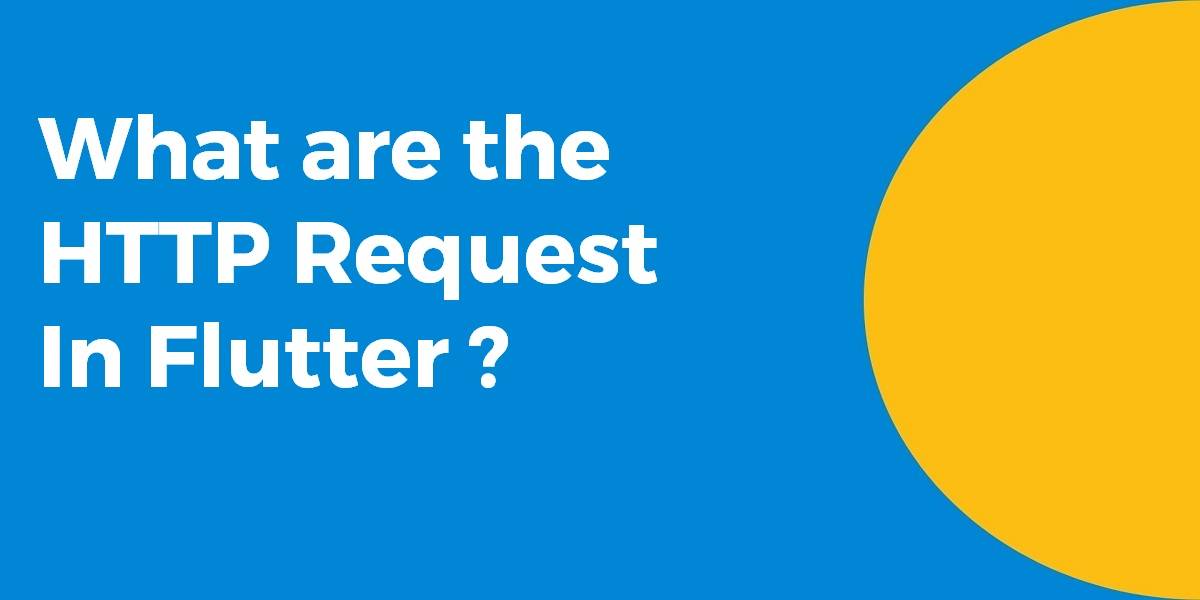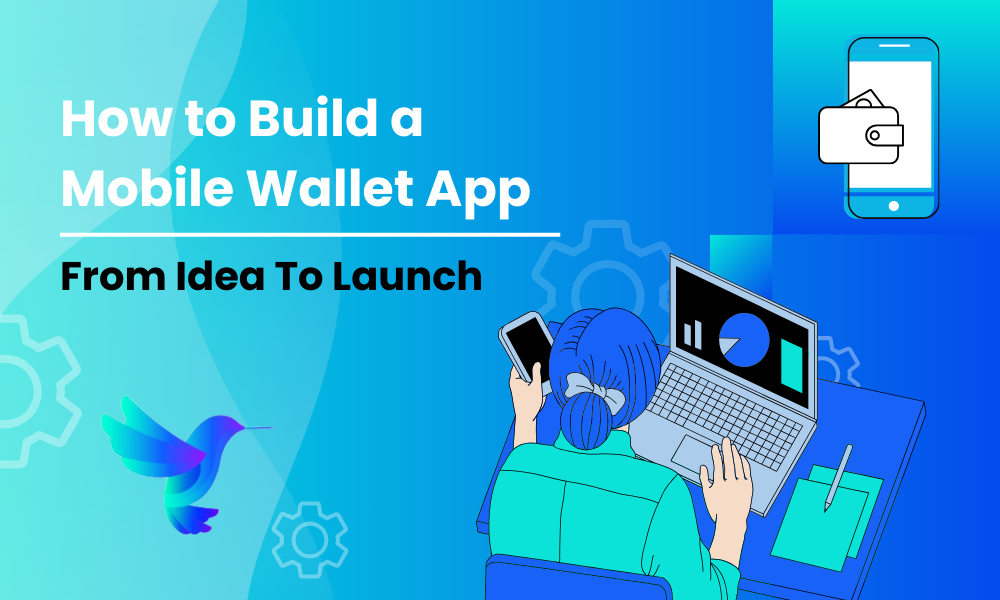What are the HTTP Request In Flutter ?
Hope you guys are enjoying our articles !!!
A composable, Future-based library for making HTTP requests. It is easy to retrieve and upload JSON via a REST-based web service. So in this article, we will go through What are the HTTP Request In Flutter?
What is the HTTP Request In Flutter?
We will be using JSONPlaceholder as a target for our API examples below.
GET /posts GET /posts/1 GET /posts/1/comments GET /comments?postId=1 GET /posts?userId=1 POST /posts PUT /posts/1 PATCH /posts/1 DELETE /posts/1
Setup
Add the HTTP package dependency in pubspec.yaml.
dependencies: http: ^0.12.0+1
GET requests
_makeGetRequest() async {
// make request
Response response = await get('https://jsonplaceholder.typicode.com/posts');
// sample info available in response
int statusCode = response.statusCode;
Map<String, String> headers = response.headers;
String contentType = headers['content-type'];
String json = response.body;
// TODO convert json to object...
}
Replace /posts with /posts/1 and the other GET requests mentioned above. Using posts returns an array of JSON objects while /posts/1 returns a single JSON object. You can use dart: convert to convert the raw JSON string to objects.
POST request
_makePostRequest() async {
// set up POST request arguments
String url = 'https://jsonplaceholder.typicode.com/posts';
Map<String, String> headers = {"Content-type": "application/json"};
String json = '{"title": "Hello", "body": "body text", "userId": 1}';
// make POST request
Response response = await post(url, headers: headers, body: json);
// check the status code for the result
int statusCode = response.statusCode;
// this API passes back the id of the new item added to the body
String body = response.body;
// {
// "title": "Hello",
// "body": "body text",
// "userId": 1,
// "id": 101
// }
}
PUT request
A PUT request is meant to replace a resource or create it if it doesn’t exist.
_makePutRequest() async {
// set up PUT request arguments
String url = 'https://jsonplaceholder.typicode.com/posts/1';
Map<String, String> headers = {"Content-type": "application/json"};
String json = '{"title": "Hello", "body": "body text", "userId": 1}';
// make PUT request
Response response = await put(url, headers: headers, body: json);
// check the status code for the result
int statusCode = response.statusCode;
// this API passes back the updated item with the id added
String body = response.body;
// {
// "title": "Hello",
// "body": "body text",
// "userId": 1,
// "id": 1
// }
}
PATCH request
A PATCH request is meant to modify an existing resource.
_makePatchRequest() async {
// set up PATCH request arguments
String url = 'https://jsonplaceholder.typicode.com/posts/1';
Map<String, String> headers = {"Content-type": "application/json"};
String json = '{"title": "Hello"}';
// make PATCH request
Response response = await patch(url, headers: headers, body: json);
// check the status code for the result
int statusCode = response.statusCode;
// only the title is updated
String body = response.body;
// {
// "userId": 1,
// "id": 1
// "title": "Hello",
// "body": "quia et suscipit\nsuscipit recusandae... (old body text not changed)",
// }
}
DELETE request
_makeDeleteRequest() async {
// post 1
String url = 'https://jsonplaceholder.typicode.com/posts/1';
// make DELETE request
Response response = await delete(url);
// check the status code for the result
int statusCode = response.statusCode;
}
Authentication
// import 'dart:convert'
final username = 'username';
final password = 'password';
final credentials = '$username:$password';
final stringToBase64Url = utf8.fuse(base64Url);
final encodedCredentials = stringToBase64Url.encode(credentials);
Map<String, String> headers = {
HttpHeaders.contentTypeHeader: "application/json", // or whatever
HttpHeaders.authorizationHeader: "Basic $encodedCredentials",
};
Bearer (token) Authentication
// import 'dart:io';
final token = 'WIiOiIxMjM0NTY3ODkwIiwibmFtZSI6Ikpv';
Map<String, String> headers = {
HttpHeaders.contentTypeHeader: "application/json", // or whatever
HttpHeaders.authorizationHeader: "Bearer $token",
};
FlutterAgency.com is our portal Platform dedicated to Flutter Technology and Flutter Developers. The portal is full of cool resources from Flutter like Flutter Widget Guide, Flutter Projects, Code libs and etc.
FlutterAgency.com is one of the most popular online portal dedicated to Flutter Technology and daily thousands of unique visitors come to this portal to enhance their knowledge on Flutter.
Contemporary ventures
Recent blog
ready to get started?
Fill out the form below and we will be in touch soon!
"*" indicates required fields









